In addition, any charts for financial instruments in this article are for education only. The examples shown here do not constitute trading advice or a solicitation to buy or sell any financial instrument. Past performance is not necessarily an indication of future performance.
If you would like to learn more, please read this Disclaimer for details.
Are you a day trader with the ambition to make it in this business, but not the capital to invest in yourself? You may have been looking for ways to get funding for trading, without taking out a loan or working full-time. If so, you’re in luck! While this wasn’t always possible, there is good news for both old and new traders in 2023. You absolutely can get a funded trading account for yourself, and the process is steadily getting easier.
Several funding companies exist today that will offer you a fully funded trading account. You don’t need a degree in finance, sponsorship for various licensing exams, or even your own trading capital. All you need to do is prove that you are a profitable trader. One of these many new companies WILL back you with the capital if you pass their test.
If you are a forex trader, don’t worry, the process is fairly the same for both forex and futures, though the companies are different. I focus on futures day trading, but I plan to cover various forex funding opportunities out there too.
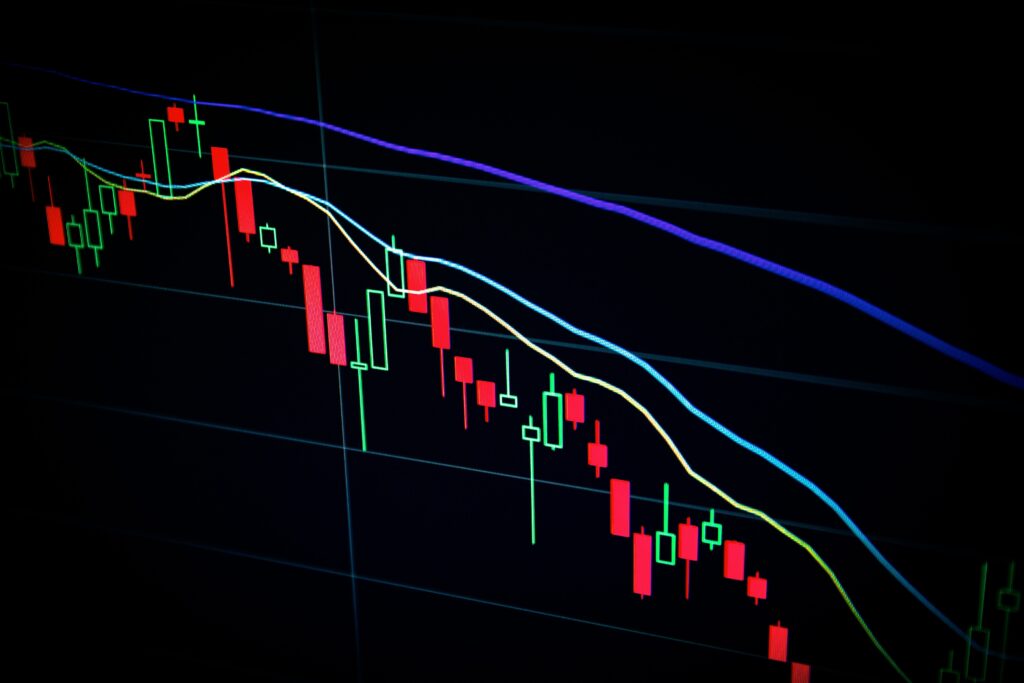
How Does the Funding Process Work?
While these companies are different, the process is fairly straightforward in most cases. There are three main steps to follow. If you follow the rules and complete the steps exactly as outlined, you can secure your own funded futures or forex trading account within a few weeks.
The current futures trading funding programs out there include:
- Apex Trader Funding
- Apteros Trading
- BluSky Trading
- Bulenox
- Earn2Trade
- EliteTrader Funding
- LeeLoo Trading
- OneUp Trader
- UProfit Trader
- TakeProfit Trader
- TickTick Trader
- TopStep Trader
- Trade Day
You can earn funding at any of these companies by following the general process I’ve explained below. There will naturally be minor differences based on which program you choose, and some cost more than others. For more information on the specific features and the aforementioned differences, check out my full reviews here.
Phase 1: Registration/Payment
Typically, there will be multiple account sizes to choose from. You will have to subscribe to a monthly plan based on the account selected. In some cases, there won’t be a monthly subscription, but a one-time fee at the beginning. There may be a brief period of processing your payment, and this initiates the evaluation phase.
Phase 2: Evaluation
You will be sent login information, and an account will be created for you to begin trading. This will usually take no longer than 30 to 60 minutes.
The moment the evaluation account is ready, the clock starts ticking. Following the rules of the evaluation, you will have to generate a certain amount of profit in the time permitted.
For the most part, the evaluation is very lenient. For example, traders are often allowed to trade larger size and hold through news releases.
But these kinds of trading decisions may not be as freely permitted on the funded account. What you need to grasp is that all of this results in the evaluation being far easier to complete than it may seem. For better or worse, traders usually pass an evaluation easier than they can hold a funded account, but this works out well for those of us who are capable traders.
Is the evaluation real or demo trading?
Note that the evaluation account will be a demo account. The funded trading account does generate real profits, and will permit withdrawals. But demo accounts are used during evaluations to test traders without risking any real money on those that fail.
This means you will not be placing real market orders or generating any real profits. This process is simply to test your skills in a realistic simulation environment. That way, if you struggle, the only cost is your evaluation payment.
Compare this to the cost of one bad trade in futures with an E-Mini NQ or ES contract, which can easily cost you more than $500. Trading poorly for a single week will cost substantially more than a reasonably priced evaluation. This is exactly why this system has quickly become a favorite for independent traders all around the world.
The simulation trading environment may have small implications on the way your orders execute. For example, imagine you are placing a buy order at $60.21 and there are bids at $60.21. On the demo account, the price must drop to $60.20 for your buy order to fill successfully.
In addition, market orders will fill at the available ask price, regardless of what live market conditions are like. You may think this is a serious issue, but it isn’t if you are trading responsibly. None of this will affect your chances of passing if you have a good strategy.
You can consider it to be a slight setback compared to live trading, but it won’t hinder you in passing an evaluation. I recommend that you just make adjustments with your stop losses and take profit orders. Either use market orders, or place your limits strategically to guarantee fills in the simulation environment.
What kind of trading is permitted?
These companies came out initially designed for day trading. Exceptions exist, but one of the reasons they offer such a cheap entry is because they eliminate all overnight risk.
The style of trading itself is not too important, but some companies (such as OneUp Trader) are not particularly fond of scalping. If you are doing any sort of scalping, take commissions into account. Some companies charge a flat $5 commission per trade during the simulation. The commissions are accurate on the funded account, but the slightly higher fee may cause issues for scalpers during the evaluation.
If you wish to place 50 trades a day, you are free to do so, but there is another drawback in addition to a larger commission cost. At OneUp Trader, for example, you will need to perform at about the same pace in the funded account, assuming you pass your evaluation.
So if you take 100 trades per week during your evaluation, and suddenly trade only twice a day in the funded account, they may have an issue with this. Therefore, it is a better idea to be a little more conservative during your evaluation.
For one, you won’t exhaust yourself and rack up commissions during the evaluation. But more importantly, you won’t have to take unnecessary, poor quality trades during any phase of your trading. Then, when you get your funded trading account, feel free to trade more frequently, but at least you won’t need to maintain a difficult pace.
What are the rules for the evaluation?
While the rules do vary slightly, I will cover some main terms you will come across on some or all of these funding companies’ websites.
Your primary concern when doing your evaluation is to trade responsibly and generate the required profit without losing too much money in the process. This part is self-explanatory, but different programs judge this aspect differently. Some terms they will use for the max loss include Daily Max Loss Limit, Trailing Drawdown, Max Drawdown, and more.
Daily Max Loss Limit
This is the most money you can lose in one day without failing. For example, on a $50,000 account, the daily max loss limit is typically around $1000-$1200. In some cases, such as with OneUp Trader, this is a softer rule. Sometimes open positions can take your day’s total P/L beyond the daily loss limit, but the positions will not automatically close.
Once you do close your position with a printed loss of at least $1200 (including commissions), you will not be able to open any more trades for that day. The good thing is that your evaluation continues the next day, as long as you have not violated your max drawdown or any other hard rules.
At another company, like UProfit, the daily max loss limit is a stricter rule. Break it, and you have failed your evaluation.
Weekly Max Loss Limit
As you probably guessed, this is the most money you can lose over the course of a week. Most programs don’t have this rule, but I have seen it a few times.
Max Drawdown
Max Drawdown is typically the term used for the limit at which your account is considered to have failed the evaluation. If you lose enough money to reach this limit, including commissions, you won’t get a second chance in any evaluation. For the $50,000 account, this loss limit is typically between $2000 and $3000, so expect each max drawdown to be anywhere from 4 to 10%. If your account suffers losses exceeding this amount, you’re out.
Trailing Drawdown
Trailing drawdown is a concept some traders simply cannot work with, and depending on how you trade, you may relate. This is a drawdown that tracks your account’s profit, and moves up with profits, but not back down with losses.
To illustrate, imagine you have a $100,000 account on day 1 of Earn2Trade’s Mini Gauntlet. The trailing drawdown begins at $3500 below the initial balance, which is $96,500. If you make $1,000 your first day, this trailing drawdown will move up $1,000 to $97,500. If you happen to make $4,000 the next day, it moves up again, but stops at $100,000. Once it has reached the initial balance, it can never go up again.
This may not seem like a major obstacle. Assuming you consistently profit, it won’t be. But if you happen to have a few rough days and drop back down to $100,500, you are actually on the verge of failing your evaluation.
Here is another example, shown on Excel with an account starting with $50,000 and a max trailing drawdown of $2,500. As you profit, your drawdown increases, ultimately stopping at $50,000. But notice what happens when you drop too far. Your buffer for losses shrinks, and you could run into that drawdown easier, if you get too reckless toward the end.
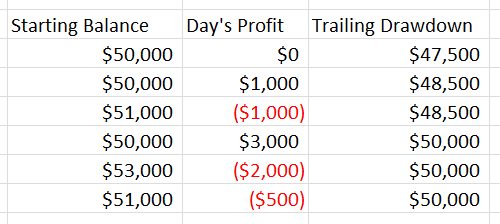
On the next day (after the final day shown above), your balance would be $50,500, but your drawdown would still be $50,000. Thus, your maximum loss at that point is $500, not the $2,500 allotted in the beginning.
In other words, maintain your profits, and don’t lose too much at once. If you are on a good streak, monitor your trailing drawdown. Stay aware that your account’s buffer for losses may be smaller based on the way your profits and losses have added up.
Trailing Drawdown with a Twist
Note that several companies include a trailing drawdown that follows open positions (unrealized profits). This means that if you are up $2,000 in a trade, your drawdown will move up to match this unrealized profit ($2,000). If you happen to get out with only a $500 profit, your drawdown still moves up to match the maximum profit that the open position had ($2,000), and will not move back down based on your realized profit ($500).
This is an important distinction to be aware of. To avoid any issues with this complication, it is a good idea to take any larger profits early. Don’t get greedy on a choppy day. When combining this with the following consistency rule, you will see why it is better not to hold positions too long in any evaluations implementing these rules.
Consistency
Some programs have a consistency rule. Typically not used in the funded trading account, it is required in certain evaluations to weed out “lucky” traders, who earn a majority or all of their required profit in one trading session.
If your profit target is $5,000, and you earn $4500 of that in one day, some evaluations will not be considered complete until you show more consistency. Proving consistency is usually done by earning a similar profit, or sum of profits, on separate days, such that the total is comparable to your most profitable day(s).
The judgment of consistency varies. At OneUp Trader, you need total profits from 3 days to equal at least 80% of the largest day. So if you earned $3000 on your best day, you must earn at least a total of $2400 on 3 different days ($800 per day), to qualify as a consistent trader.
See the image below for an example from TopStepTrader. At TopStep, you need your best trading day to not make up more than 40% of your total profit.
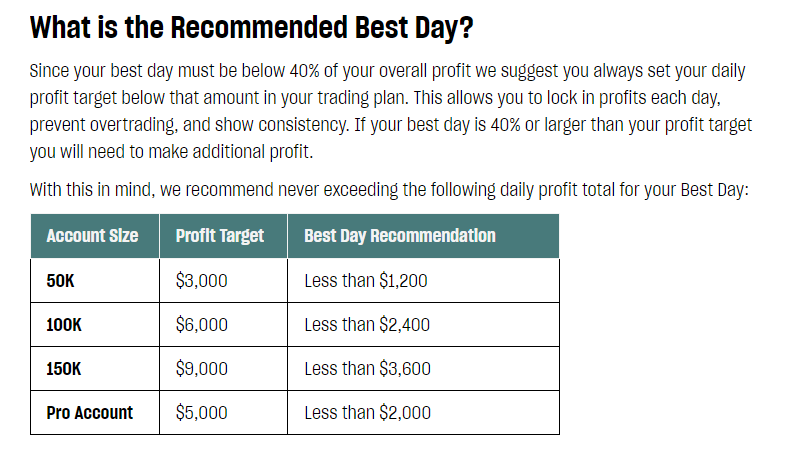
This rule can hold some less experienced traders back. But if you know what you are doing, it can be played strategically. Your safest route may be to stop early on the days where you might earn too much by holding a position longer.
Trading (or Not Trading) News Events
Depending on the market you are trading, and the evaluation, you may not be permitted to hold your positions through certain major news events. For example, when trading Crude Oil, this would include the weekly Wednesday US:EIA Petroleum Status Report. If you are not permitted to trade news, you must have your positions in the corresponding markets flattened for a certain length of time before and after the news releases. Typically, this time is brief, and only a minute or two.
This rule is taken very seriously, so it’s important to double check with the funding company you are choosing. For some, trading news is completely unrestricted, while others only allow it during the evaluation. OneUp Trader allows trading news only during the evaluation, but not in the funded account. SpeedUp Trader does not allow it during evaluations. UProfit, on the other hand, has no rules for news whatsoever. Depending on your trading style, this rule may be very important. If you are restricted, be aware of news releases, so you don’t forget to flatten your positions in time.
This is one of the several free economic calendars available online.
Account Resets
This is not as much a rule as a feature of certain evaluations. If you fail in the first few days, you typically need to start a new subscription to try again. But certain companies offer an “account reset”, at a cost cheaper than a new subscription. This allows traders to reset their account drawdown, profit, and days traded, and start completely new. You won’t be judged harshly for having reset your evaluation, either.
At LeeLoo Trading, each account can be reset for just $85, while the largest account ($250,000) is $525. At UProfit, it costs $99 to reset, while their largest account ($75,000) costs $315/month. Starting over always hurts, but at least it won’t cost as much. If you happen to get a horrible first few trades or days to begin with, it may be worth resetting, instead of starting again next month.
However, note that the subscription date does not change. So if you screw up and have only 11 days left, but the evaluation requires 15 days to be completed, you’re better off just starting with a new subscription.
How long do traders get to pass the evaluation?
The trader may have to trade a set number of days (each week has only 5 trading days, from Sunday afternoon through Friday afternoon). Funding companies typically require 10-15 days minimum, but there are some exceptions. This rule exists to prevent a trader from getting “lucky” and earning the required profit in one single trade and landing a funded account without sufficient proof of profitability.
You can take as long as you’d like in most cases, but be careful. Because the evaluation is often a subscription, expect to pay for each extra month if you need more time. Each month has about 21 trading days, as the market is closed on the weekends. Thus, while it is possible to pass in the first month on each account, you can’t spend too much time racking up losses or wasting days if you want to avoid that second month charge. If required to trade a minimum of 15 days, I recommend reaching the profit target within the first 8-10 days so you do not run out of time on accident.
Note: Some funded programs (like FTMO) do not have a max time limit or monthly subscription.
Then, if you have met all the requirements, the funding process will begin.
Phase 3: Account Verification and Contract
Depending on the company, this phase may begin automatically. At OneUp Trader and UProfit Trader, I needed to notify the support through chat or email that I had completed my evaluation. They reviewed the account, and in OneUp’s case, you will be notified that you have passed in the next hour or so. At UProfit, this process doesn’t begin until after that trading day ends. In either case, simply log out of your trading platform when this happens. You don’t need to continue trading anymore on the evaluation account, but you absolutely do not want to take any losses and drop below your profit target or potentially violate a rule. Most companies will remind you either way, not to continue trading while your account is under review.
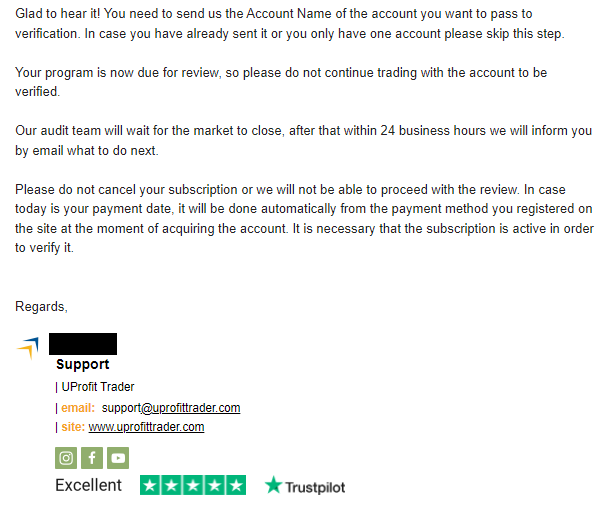
This is all of course assuming you did not violate any of the strict rules during the evaluation phase.
In the next few days, you will receive a contract to sign. Once you provide your contact information, bank wire information, and other relevant information, you can submit your contract and simply wait for the funded account to arrive.
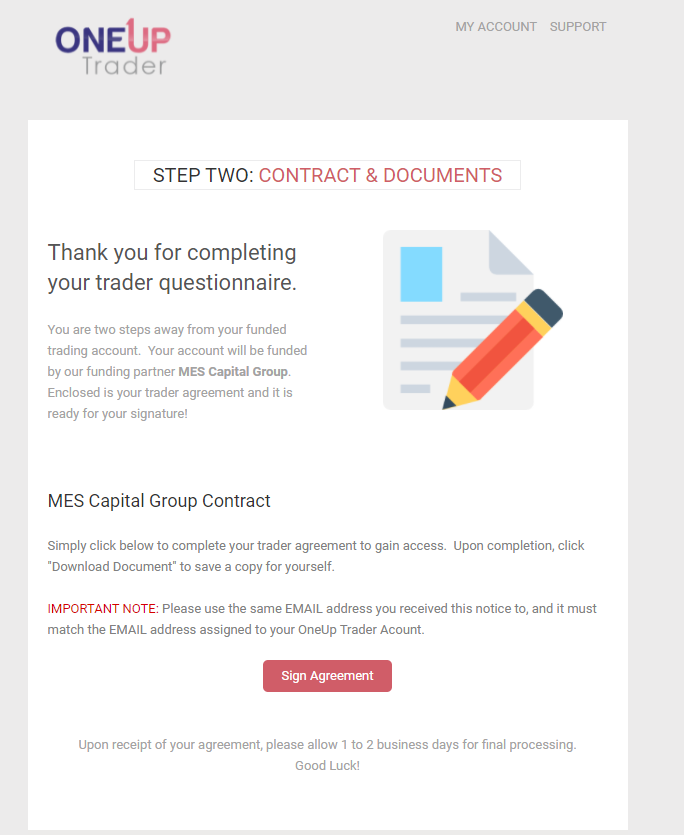
Phase 4: Getting Your Funded Trading Account
That’s about it! Within a few business days, you will receive login information to your very own funded futures trading account.
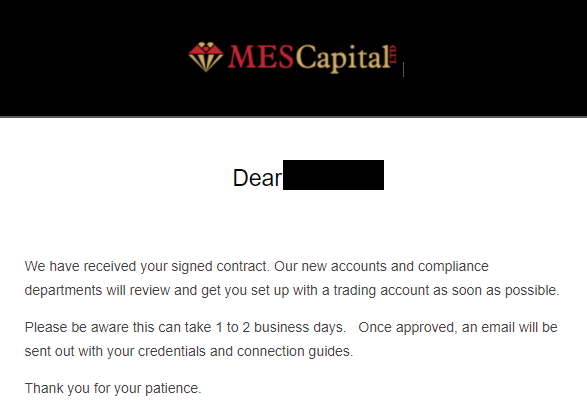
But your work has only just begun. Before you can start earning money, you will need to again prove that you are a profitable trader.
Withdrawing Profits
Most companies do not allow you to trade the maximum size or withdraw profits right away. You will need to generate some profits first, typically about 3-5% of the account size. After reachign a certain threshold, you can begin to take on more size or pay yourself. For example, at OneUp Trader, with the $50,000 account, you will need to keep $2500 in the account before withdrawing any profits. If you earn $6000 your first week, you can request to withdraw up to $3500 at that time. OneUp Trader sends a wire to your bank account, usually within 24 hours. A typical withdrawal threshold system is shown below:
$25,000 = Withdrawal Profit Threshold $1,500
$50,000 = Withdrawal Profit Threshold $2,500
$100,000 = Withdrawal Profit Threshold $3,500
$150,000 = Withdrawal Profit Threshold $5,000
$250,000 = Withdrawal Profit Threshold $5,500
Profit Splits
Depending on the profit split available and other details that may vary based on the program, some of the profit may be deducted from the money you withdraw. Several companies offer traders 100% of a certain amount, and any withdrawals after that point will be subject to the profit split as advertised. This amount is typically between $5000 and $8000, and the profit splits range from 60/40 to 90/10, with the majority of profits going to the trader.
Note: This process varies across different companies, as some will have more stringent withdrawal requirements. Some will require you to only make requests at certain times in the month, or not permit withdrawals until you have traded a minimum number of days.
Conclusion
Going from trading penny stocks for small profits to managing your own funded trading account worth thousands of dollars can be daunting. You shouldn’t rush into it. But it’s still a good idea to appreciate the incredible opportunity that we all have today.
I highly recommend this process to any traders who are struggling with putting together enough capital to trade futures comfortably. I know how stressful it can be on a small account, especially today, with the US Indexes having larger intraday movements (by number of points) than ever before.
If you are dissuaded by the evaluation cost, I suggest starting with the smaller accounts and building capital with smaller size. Rather than trying to jump into a $100,000 or $250,000 account when you are still new, you can take the time to test your strategy thoroughly on a smaller account ($10,000 to $50,000), without depleting your savings account to do so.
This new industry is booming, and for good reason. Dozens of traders are receiving their own funded trading accounts each day. Don’t let anyone tell you that you can’t do it too!
If you still have questions about the general process, or wish to share something different from your experience, feel free to reach out. I will continue to add more details to make this whole system easier to understand.
To learn about specific funded futures or forex trading programs, be sure to check my official review guides. Click here to see an overview of all the funded programs available for futures day traders.

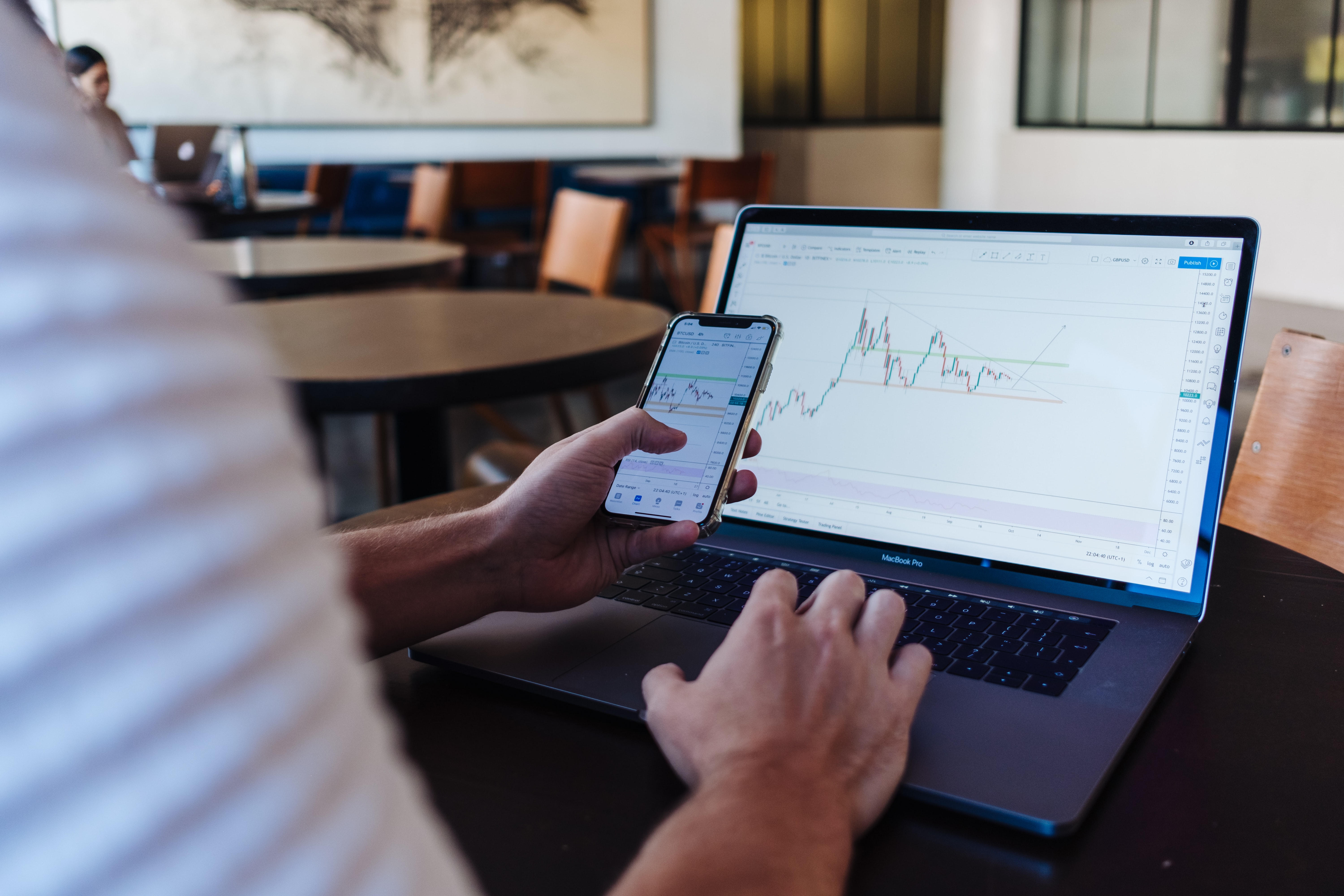
Leave a Reply